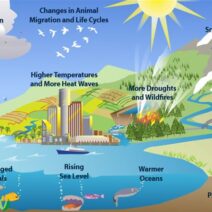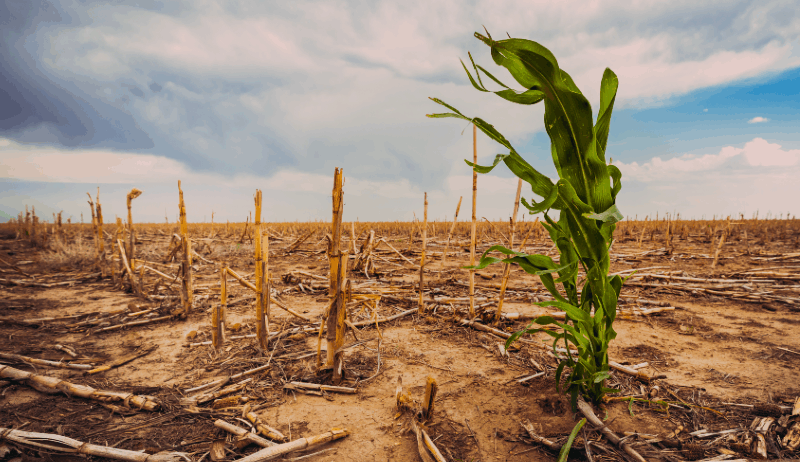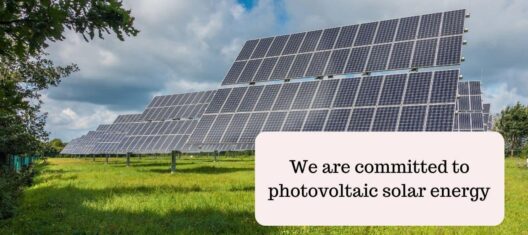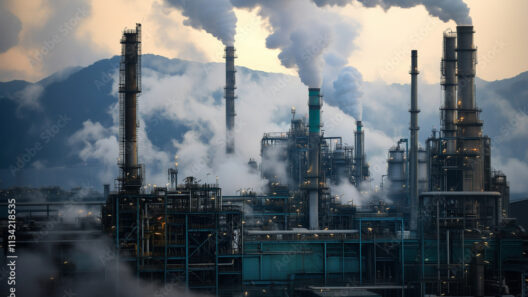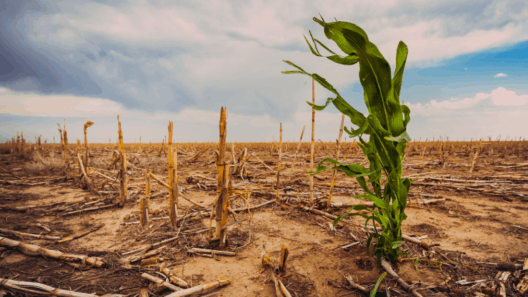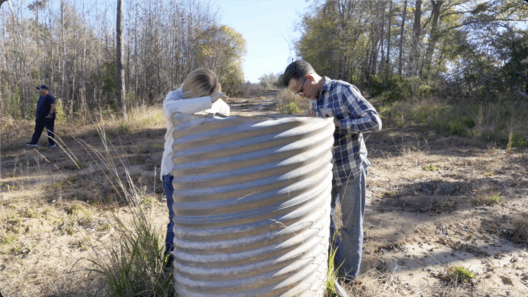As climate change accelerates, the specter of severe global warming impacts looms ominously over the United States. The science is unequivocal: the repercussions of our changing climate will soon become a central concern for all citizens. Addressing this impending crisis is not simply a task for environmentalists or policymakers; rather, it is a pressing issue that threatens the very fabric of our society. To dissect the future forecast of these changes, we must analyze the multifaceted dimensions of climate change, the timeline for severe impacts, and the compounding factors that exacerbate the situation.
The first element of concern involves understanding the current trajectory of climate change. Over the past century, the average temperature in the United States has increased by approximately 1.8 degrees Fahrenheit (1 degree Celsius). This trend is expected to accelerate, with estimates projecting an increase of 2 to 6 degrees Fahrenheit (1.1 to 3.3 degrees Celsius) by mid-century, depending on greenhouse gas emissions scenarios. It bears noting that even incremental temperature rises can lead to disproportionately severe impacts in various sectors.
One of the most immediate and observable impacts of climate change is the increasing frequency and intensity of extreme weather events. Hurricanes, droughts, wildfires, and floods are becoming more common and severe, creating a cycle of destruction that disproportionately affects vulnerable populations. For instance, the 2020 hurricane season shattered records with multiple landfalls and massive financial repercussions. These climatic phenomena are not merely statistical outliers; they signal a shift in environmental baselines that will likely peak in severity during this decade.
As climate models converge on the reality that we will encounter more catastrophic events, a pressing question emerges: when will these impacts truly become severe? A consensus among climatologists suggests that the 2030s will represent a pivotal decade. During this time, projections indicate that we will reach benchmarks for irreversible damage across ecosystems and human infrastructures alike. The psychological impact of rising sea levels, which threaten coastal cities, cannot be understated. The erosion of land and degradation of infrastructure will present challenges that local governments may struggle to address, ultimately displacing countless individuals.
Furthermore, the interconnectivity of climate impacts—across sectors such as agriculture, public health, and water resources—creates a cascade effect that exacerbates vulnerabilities. For instance, as droughts intensify, agricultural productivity will decline. This phenomenon does not only endanger food security but also contributes to rising prices and economic instability. The United States, as one of the world’s leading agricultural producers, finds its very essence threatened. Farmers already confront diminished yields, which could result in widespread economic distress, especially in rural communities that depend on agriculture as their main economic engine.
Public health is another domain where climate change’s implications will materialize starkly. Increasing temperatures correlate with heightened incidences of heat-related illnesses and respiratory diseases due to poor air quality, exacerbated by wildfires and industrial emissions. Vulnerable populations, such as the elderly and those with pre-existing health conditions, are especially at risk. The strain on healthcare systems will become pronounced as climate-related health crises proliferate; the overwhelming demand for healthcare services amidst ongoing pandemic implications reflects the fragility of our current systems.
Adaptation and mitigation strategies form the essential groundwork for addressing these impending challenges, yet they require a robust framework that is not merely reactive but proactive and anticipatory. Efforts must encompass legislative action, innovative technologies, and community engagement. For instance, the promotion of renewable energy sources, such as solar and wind, can significantly offset fossil fuel dependency. By transitioning to a clean energy economy, the United States can also create jobs and stimulate economic growth, proving that environmental initiatives can go hand-in-hand with economic stability.
The socio-political dimensions of climate change must also be addressed. The intertwining of climate policy with social justice initiatives is critical, as marginalized communities often bear the brunt of climate impacts despite contributing the least to climate change. Equitable adaptation strategies must be a central tenet of any climate policy. Additionally, engaging in local and grassroots movements provides an avenue for collective action and can yield significant change at community levels.
It is inevitable that the impacts of global warming will become severe. The fundamental question we must ponder is whether we will be adequately prepared for the reality we face. As we approach the critical threshold of the 2030s, incorporating adaptive strategies that encompass technological advancements, legislative reform, and community resilience will become increasingly vital. Collectively, we possess the knowledge and potential to navigate this crisis; however, the window of opportunity is narrowing.
Ultimately, global warming is not merely an environmental issue; it represents a profound challenge that encapsulates economic, health, and social dimensions. A comprehensive understanding of these impacts, along with an urgent commitment to transformative action, is essential for preparing for a future shaped by climate change. The responsibility lies with each individual, community, and institution to confront this daunting reality and forge a pathway toward sustainability that benefits current and future generations.


